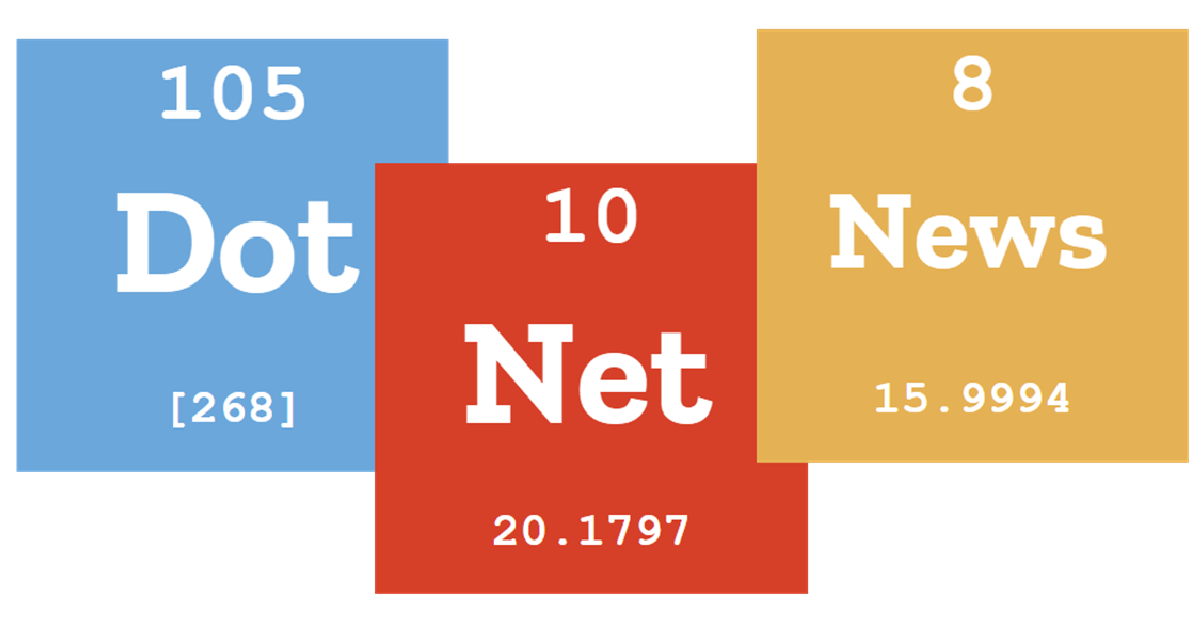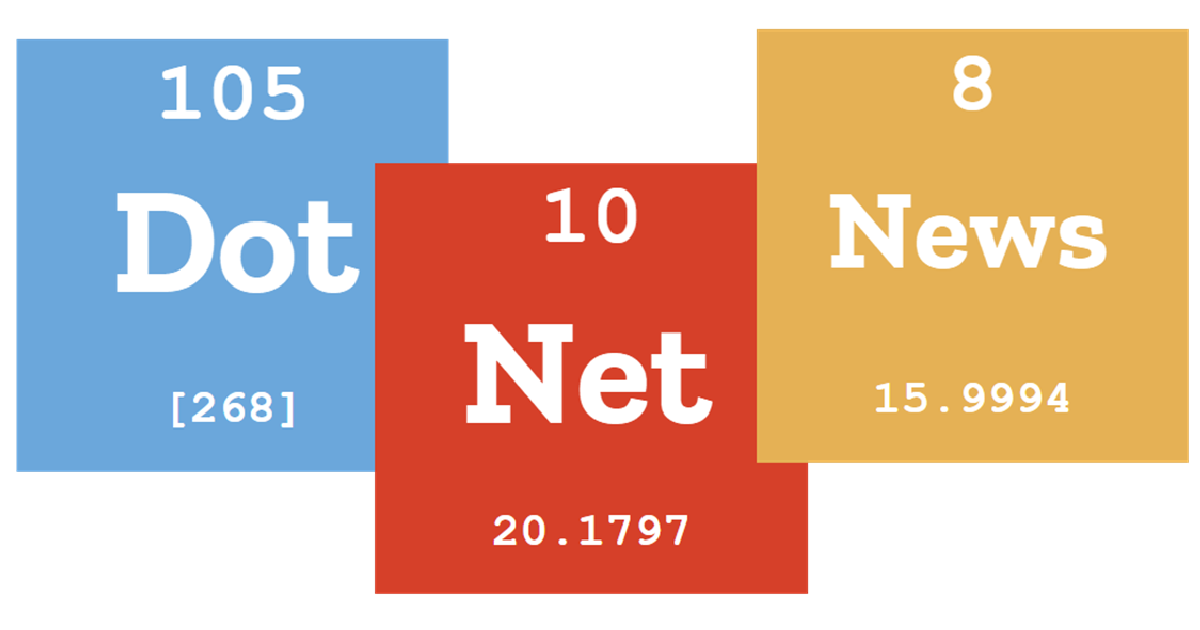|
https://devblogs.microsoft.com/dotnet/dotnet-10-preview-1/
https://devblogs.microsoft.com/dotnet/dotnet-10-preview-1/
Explore the latest innovations in .NET 10 Preview 1, featuring major enhancements across the .NET SDK, ASP.NET Core, Blazor, C# 14, Entity Framework Core, .NET MAUI, and more. From performance-boosting runtime improvements like AVX10.2 support and array stack allocation, to new developer productivity features like implicit span conversions, OpenAPI 3.1 support, and Blazor route highlighting, this release sets the stage for modern cross-platform development in 2025. Whether you’re building web, desktop, mobile, or cloud-native apps, this preview gives you early access to the future of .NET.
|


Leave a Reply